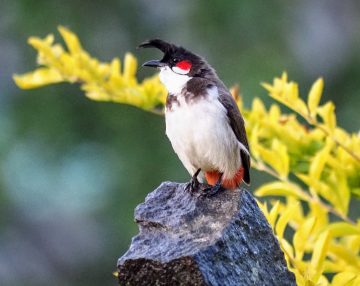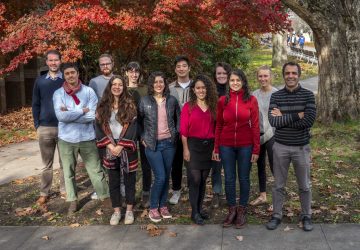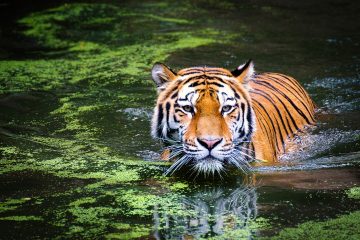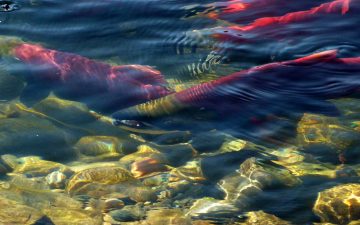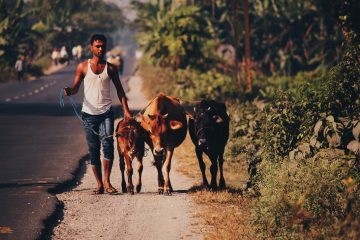By Raahil Madhok on May 9, 2020
1 Overview India went into strict lockdown on March 25th, 2020 due to COVID-19 restricting its population to their homes. All non-essential transport, schools, industries, and hospitality services were suspended. While the poor have suffered–especially migrant workers unable to travel home–this has also been a time of respite for the relatively privileged. It is hoped that […]
Read More | No Comments
By sgulati on October 5, 2018
We are two faculty members, Sumeet Gulati and Frederik Noack, eleven Ph.D. students: Bianca Cecato, Dennis Engist, Elyse Adamic, Erin Litzow, Giulia Vaglietti, Juan Fercovic, Maithili Devadas, Raahil Madhok, Tatiana Zárate, Trevor Church, and Xiao Han; three Master’s students: Dan O’Beirne, Prasun Ghimire, and Sara Savino; and two Postdocs: Joséphine Gantois, and Vasundhara Gaur.
Read More | No Comments
By sgulati on September 21, 2018
We are estimating the level of moral hazard, if any, is induced by state-level compensation for wildlife damage in India.
Read More | No Comments
By sgulati on September 21, 2018
We are surveying and evaluating species level population estimates, and their proxies for their suitability of use in standard economic analyses.
Read More | No Comments
By sgulati on September 21, 2018
We are building an estimate for the cost borne by farmers living near wildlife reserves in India. Besides costs of animal raiding, this estimate also includes the indirect costs from crop and livestock adjustments in response to wildlife conflict.
Read More | No Comments
